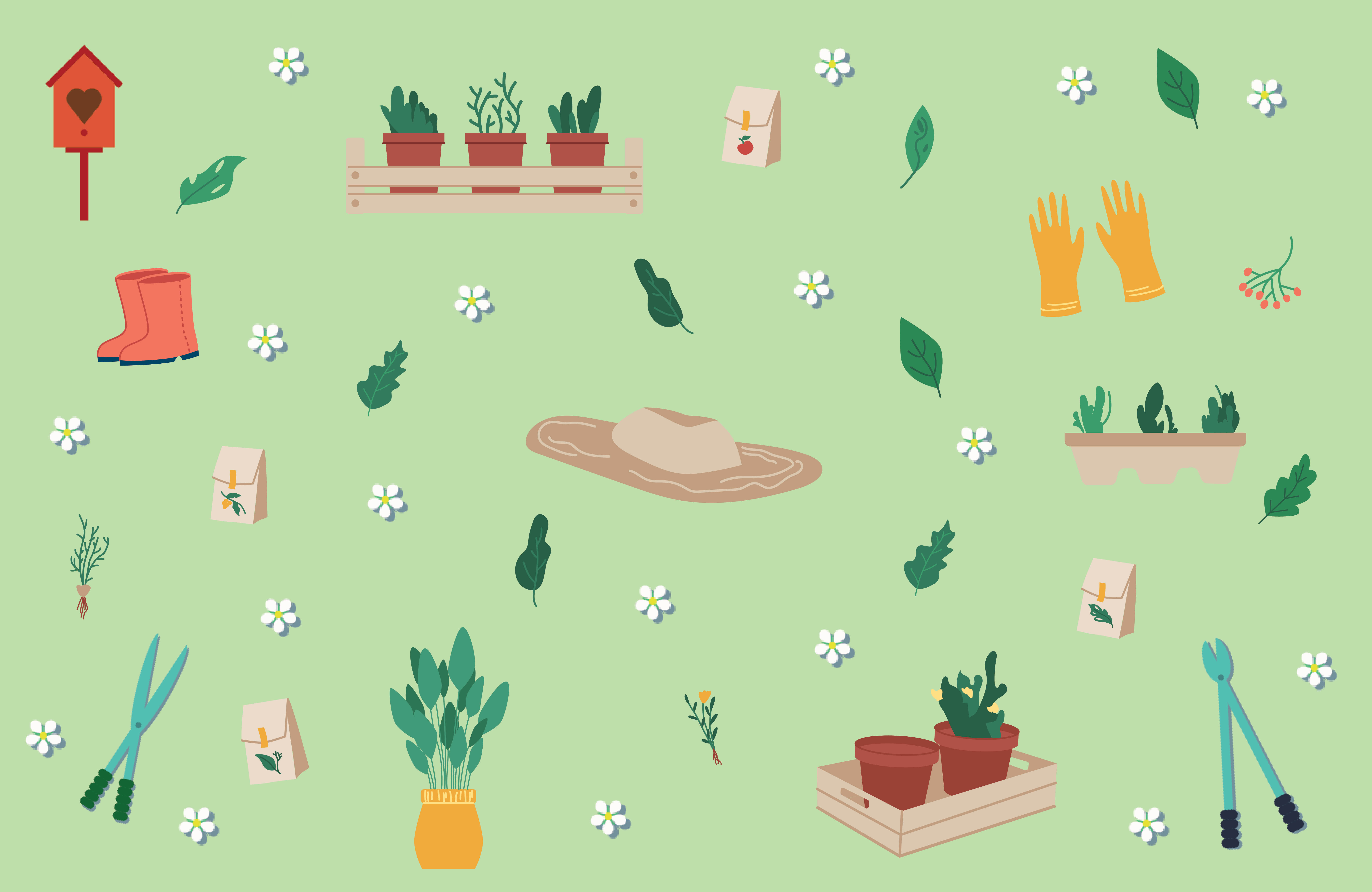
Tips to Prepare your Garden for Spring
As the winter chill gradually recedes, the time has come to embark on the journey of readying your garden for the vibrant days of spring. This comprehensive guide ensures your garden is in prime condition for the upcoming season.
1. Prune Branches and Weed:
2. Clean Your Tools/Pots and Refurbish Your Planter Boxes:
Start by using steel wool to eliminate rust from your gardening tools. Give window boxes or planter boxes a fresh look by repainting them. For crusty clay pots, create a cleaning solution using one cup each of white vinegar and household bleach mixed with a gallon of warm water. Soak the pots, and for heavily crusted ones, scrub with a steel wool pad after a 12-hour soak.
3. Buy Seeds:
Begin by assessing your seed inventory and determining what additional seeds you need. Organize the seeds based on their starting dates and plan when to initiate indoor planting. Consider ordering perennials such as daisies and asters to add variety and resilience to your garden.
4. Check Houseplants:
Your indoor plants may exhibit signs of stress due to low light, humidity, and warm indoor air. Vigilantly observe for any signs of diseases, as plants are more vulnerable during this transitional period.
5. Build a Nest Box:
Materials Needed: A sturdy wooden box or birdhouse, outdoor paint or sealant, screws or nails, a drill and drill bits, sandpaper, and a perch (optional).
Steps:
1. Choose a design or birdhouse that suits your preferences.
2. Assemble the pieces, ensuring a small entrance hole for the birds.
3. Smooth the edges with sandpaper for a polished finish.
4. Protect the box from the elements by painting or sealing it.
5. If desired, attach a perch below the entrance.
6. Safely mount the nest box in a sheltered location, away from potential predators.
Enhance your garden's bird-friendly environment by planting trees and shrubs that offer cover and food for our feathered friends. Set up diverse bird feeders, including tube, hopper, and platform feeders, to accommodate various bird feeding habits.
6. Take a Tour of Your Garden:
Ensure the mulch remains in place to protect the soil and maintain moisture. Identify gaps and areas for structural enhancements like trellises, pergolas, or arbors. Plan for additions of color and assess space for your desired plant varieties. Define your garden style, whether it's inspired by Japanese aesthetics, wildflowers, or a vegetable-focused layout.
7. Know Your Growth Zone:
Determine your garden's growth zone to make effective plans. Calculate indoor planting times by counting seed maturation days backward from the last frost date:
- Zone 6: Last frost around April 30, initiating indoor planting in early March.
- Zone 7: Last frost around April 15, starting indoor planting in late February.
- Zone 8: Last frost around April 1, beginning indoor planting in mid-February.
